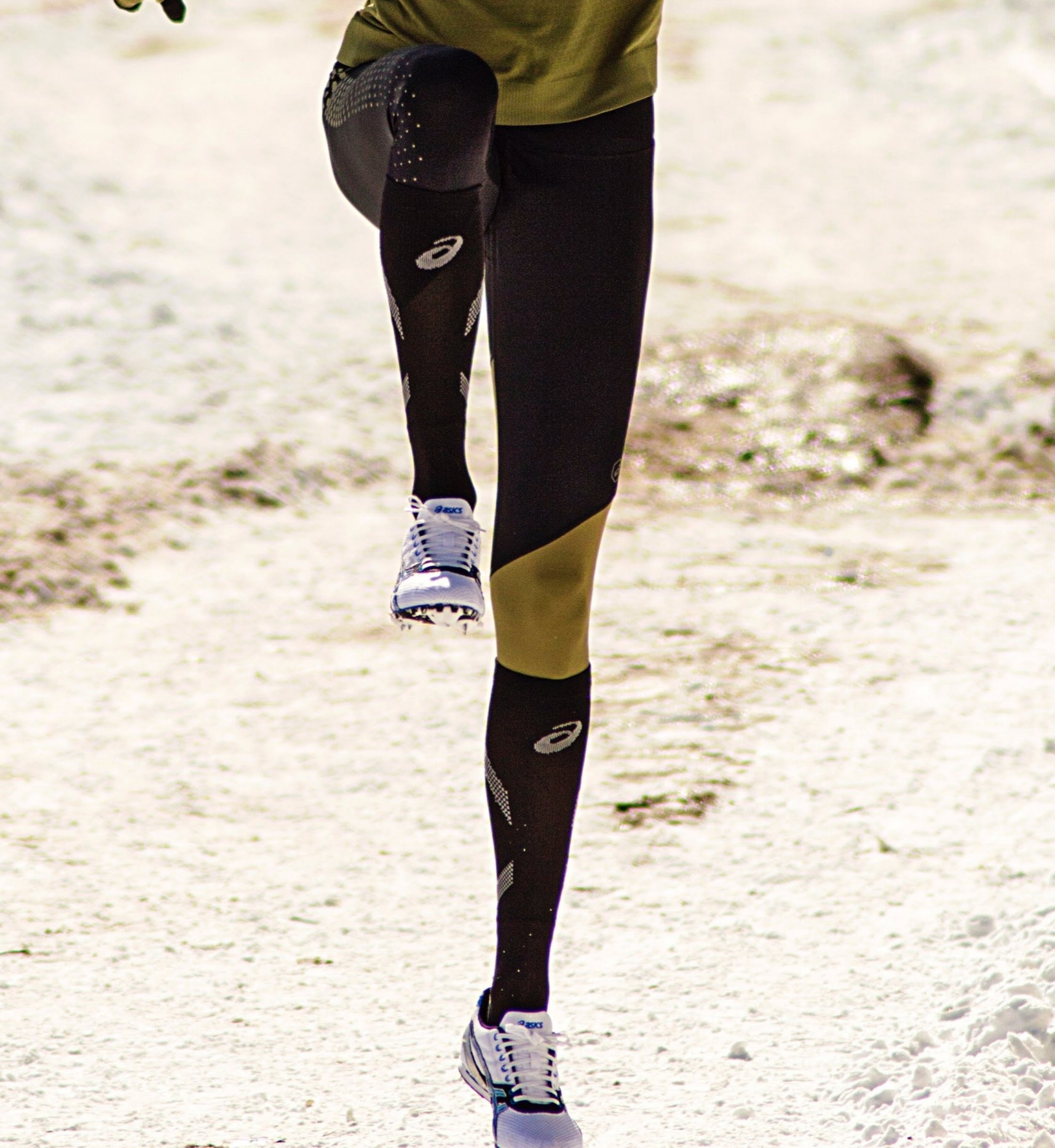Athletes have always sought remedies and treatments which accelerate their recovery from workouts. Optimal recovery allows for higher training intensities and in turn better performances during their sport of choice. Delayed onset muscle soreness (DOMS) is one of the most common reasons athletes struggle to reach a desired training intensity during a subsequent workout. Successful treatment approaches to reduce DOMS include a post workout cool down, nutrition, hydration, and foam rolling, but more recent attention has been focused on compression garments. These garments including leggings and socks are designed to optimize circulation across exercised muscles. Previous research has found no association between wearing a compression garments and improved performance, but there may be an effect on muscle soreness and recovery.
Heiss and colleagues examined the impact of compression socks on muscle performance, flexibility, circulatory markers, and recovery (JOSPT. 2018). Authors studied healthy young adults as they performed an exercise protocol designed to induce DOMS. Participants performed eccentric calf lowering using a weighted vest (25% of body weight) on an incline plane. They performed 5 sets of 30 reps with 10 seconds of rest between sets. After the exercise session, each participant immediately donned a compression sock on 1 randomized leg and wore the garment for 60 hours after the exercise session while the bare leg served as the control. Authors assessed muscle perfusion using contrast ultrasound and a MRI to assess muscular injury associated with DOMS. No effect of compression socks were found on circulation, flexibility, muscle soreness, calf circumference, or muscular injury. In contrast, authors did find a change in muscle stiffness between the legs depending on sock use.
This study supports our current understanding regarding compression socks. These garments remain an personal choice, but performance and recovery benefits remain inconclusive.

